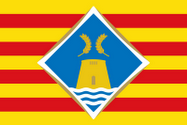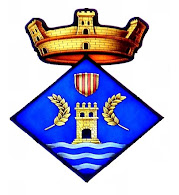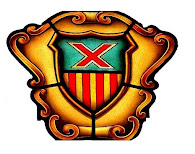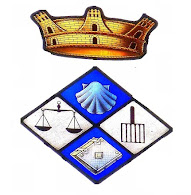PARISH CHURCH OF SAINT GEORGE (SANT JORDI)
Small but strong, not in vain was one of the few that were built thinking about worship and the protection of the population in the past, where Berber incursions were abundant on the island, a dangerous place to frequent looting and kidnapping of people who were sent to other lands as slaves
Small but strong, not in vain was one of the few that were built thinking about worship and the protection of the population in the past, where Berber incursions were abundant on the island and so it was a dangerous place for living due to frequent looting and kidnapping of people who were sent to other lands as slaves.
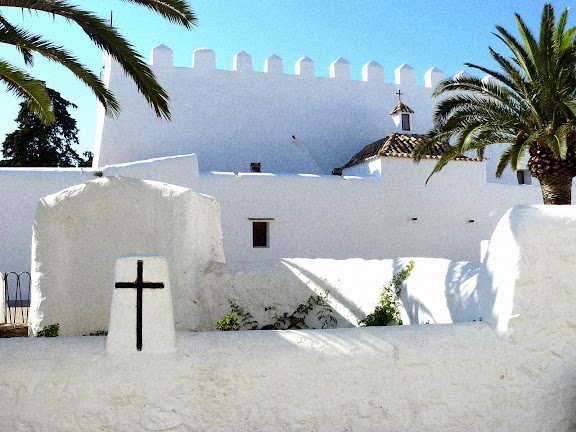
But along the Christian faith that built this church is the important work of protecting that some churches performed in the past. Here in this church is quite clear, to see the crenellated roof, which made my delight imaginative picturing small battles between good ones(who were inside trying to defend themselves) and bad ones who were trying by all means go inside the small fortress

The roofs of some of its chapels contrasting with the bright white of the walls which in turn are contrasting with the blue sky, all in a very typical architectural vision in old buildings on the island. These chapels are from the eighteenth century when the church was not anymore a fortress and turned exclusively to worship. 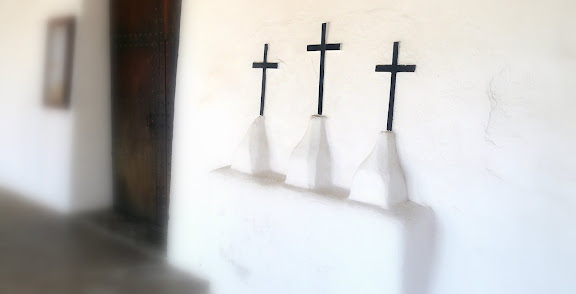

Nowadays, as more peaceful time, this building is dedicated solely to the Christian worship. Its simplicity is its greatest feature like most churches on the island. Its three crosses (indispensable in the field churches) are located very close to the front door protected from strong midday sun by a magnificent and large porch that shelters and shade at the entrance of the temple, where voices echo of the assistants to the church service and after they greet and chat themself for a while. 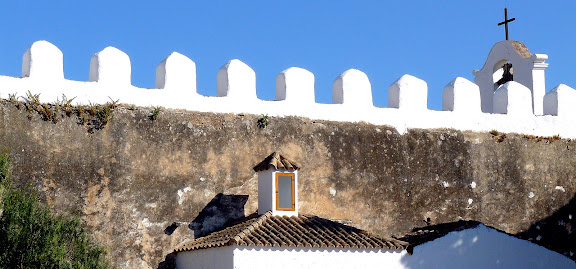
In the western part this building can be seen in a less pleasant side, since instead of the calm white walls from the other side, so here we are aware of the more hard evidence of the previous stone fortress stage.
Below the image of St. George, a saint almost mythological faces a fierce dragon who kills in order to save a beautiful maiden (hence on the island to the inhabitants of Sant Jordi are known by the nickname of "matacucas" kills bugs ) And is venerated especially in former Soviet or Anglo-Saxon countries (eg the flag of England is simply the cross of St. George) that is repeated in countless flags of countries, including Georgia, Sardinia, and the former republic of Genoa among others, and is present in the coats of many places, including London, Milan, Aragon, Catalonia or Barcelona, Freiburg, Batalha in Portugal, Bologna, Montreal ... and even more places. The Moscow coat of arms bears the image of the saint.




